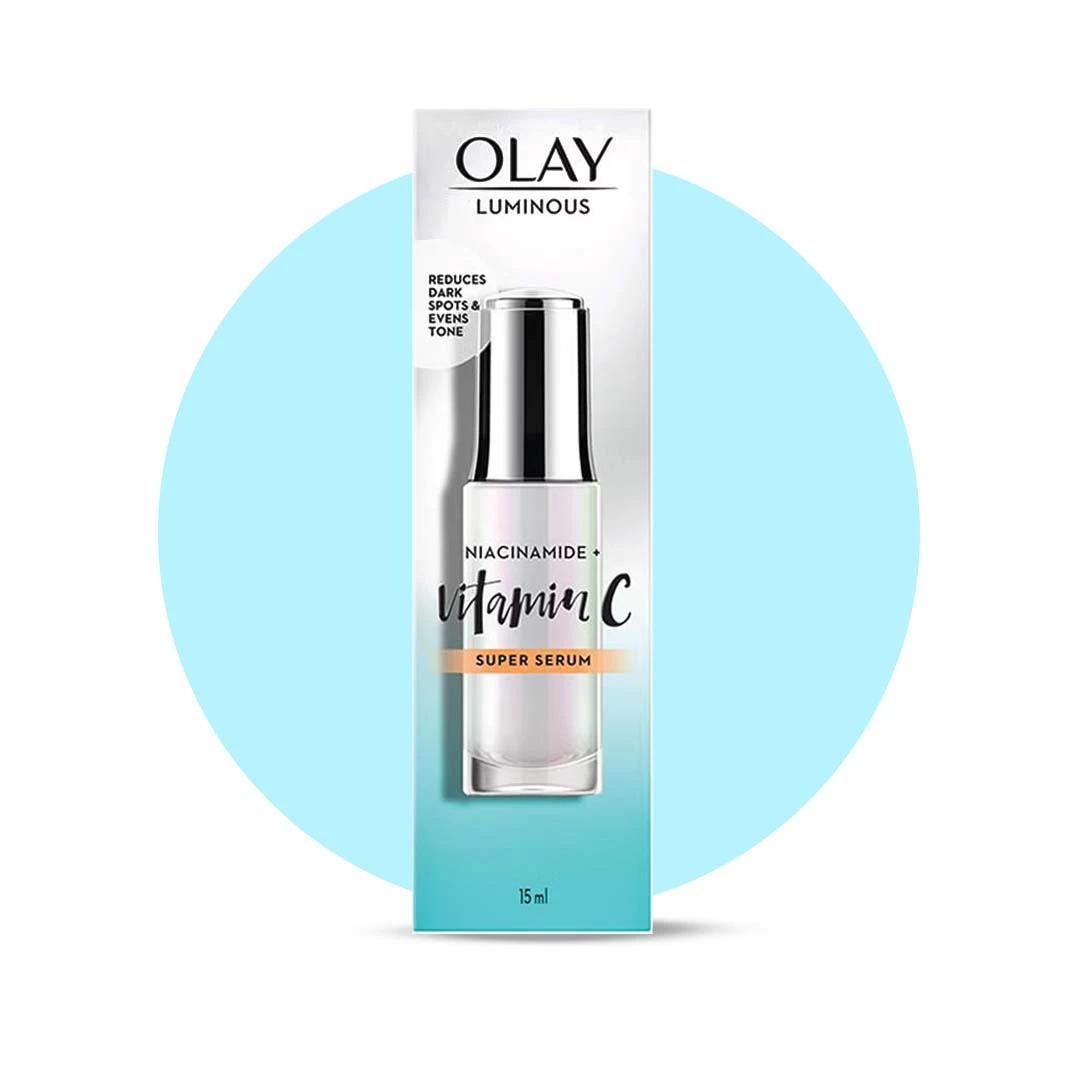age spot reducer won't help if you're creating new damage faster than you're fixing the old stuff. Make SPF your daily non-negotiable.
Gentle exfoliation can help your serum penetrate better and speed up the renewal process. But gentle is the operative word here—over-exfoliating can actually make hyperpigmentation worse.
Combining Treatments for Optimal Results
Professional treatments like chemical peels or laser therapy can complement your at-home routine, but timing matters. Always discuss your current skincare routine with any aesthetician or dermatologist.
Some at-home devices like LED masks or gentle microcurrent tools can help with product absorption, but they're extras, not necessities for achieving luminous skin.
Common Mistakes to Avoid
The biggest mistake? Using too much product or layering multiple strong actives together. More isn't better—it's often irritating and can actually slow down your progress by compromising your skin barrier.
Another common pitfall is expecting overnight results. Dark spots took time to develop, and they'll take time to fade. Realistic expectations help you stick with a routine long enough to see real changes.
Don't forget the rest of your skincare routine whilst focusing on dark spots. A compromised skin barrier or dehydrated skin won't respond well to active ingredients, no matter how good they are.
Frequently Asked Questions
How long does it take to see results from a dark spot correcting glow serum?
Most people start noticing subtle changes around 4-6 weeks, with more significant improvement by 12 weeks. The key is consistent daily use and patience with the process.
Can I use a glow serum if I have sensitive skin?
Absolutely, but choose formulas with gentler actives like niacinamide or alpha arbutin. Start slowly with every other night application and always patch test first.
Are there any side effects associated with using dark spot correcting serums?
Mild tingling or slight dryness when starting is normal. However, persistent redness, burning, or increased breakouts mean you should scale back or switch formulas.
Can glow serums be used on all skin types?
Most skin types can benefit from the right formulation. Oily skin might prefer lighter, gel-based serums, whilst dry skin benefits from more hydrating formulas that help achieve an even skin tone.
How do I know if a dark spot correcting glow serum is working?
Look for gradual fading of existing spots and overall skin brightness. Taking progress photos in consistent lighting can help you track changes that might be subtle day-to-day.
Final Thoughts
Fading dark spots isn't about finding a miracle cure—it's about consistent care and realistic expectations. The right dark spot correcting glow serum can absolutely help you achieve that even, radiant complexion you're after, but it works best as part of a thoughtful skincare routine that includes sun protection and gentle, consistent care. Remember, your skin is unique, and what works might take some experimenting to discover. The journey to luminous skin is absolutely worth it, and every small step forward is progress worth celebrating.

 50 ml
50 ml 50 ml
50 ml 30 gm
30 gm 50 gm
50 gm